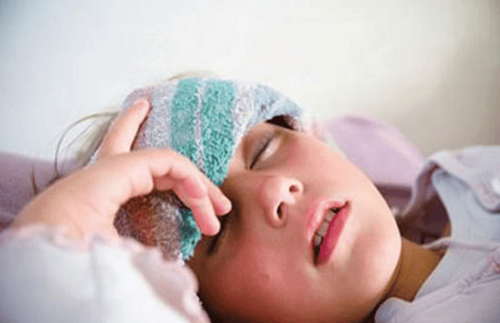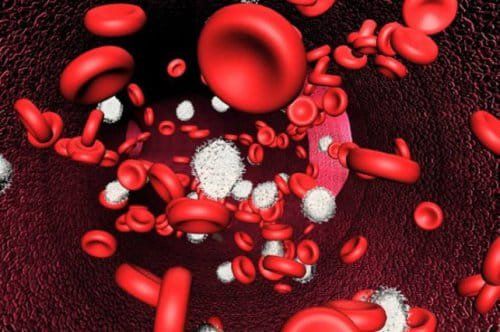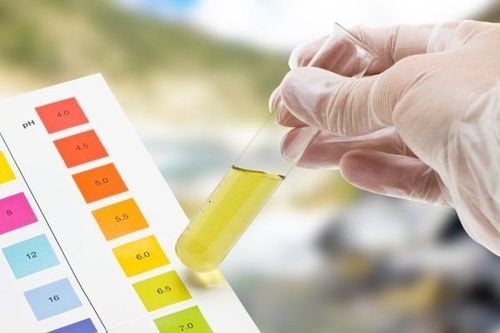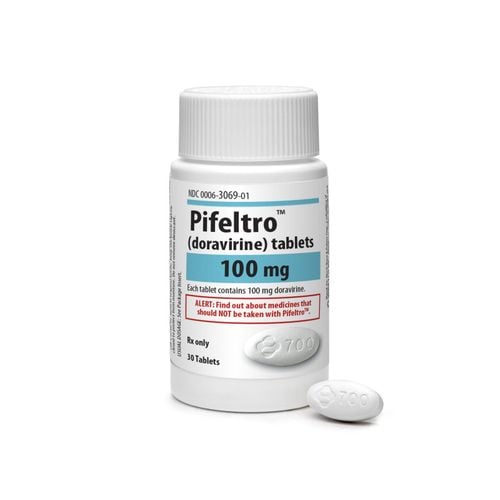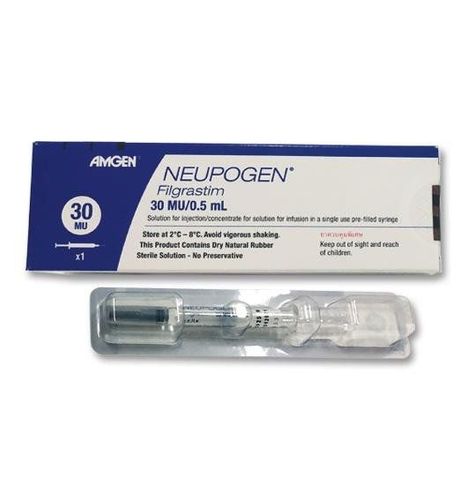This is an automatically translated article.
Japanese encephalitis is an acute blood-borne infectious disease caused by the Japanese encephalitis virus. This is a dangerous disease, it can leave severe sequelae, especially if not treated in time, the patient can die.1. How to detect Japanese encephalitis?
Early detection of the disease is very important, because with acute diseases such as Japanese encephalitis, if detected and treated in time, it can leave sequelae after recovering from the disease, even possibly. cause patient death.Signs to accurately detect and diagnose the disease include:
Clinical signs:
Severe systemic toxic infection syndrome: The patient has a sudden, continuous high fever, headache. a lot of. A blood count showed an increased white blood cell count and an elevated neutrophil count. Neuropsychiatric syndrome: Initially, there are signs of diffuse brain damage with manifestations of varying degrees of consciousness disorder and meningeal syndrome. Subsequently, the patient presented with features of focal neurological syndrome. Severe autonomic disorder: the patient's skin is initially congested and red, then changes erratically, sometimes red, sometimes pale, accompanied by sweating, respiratory and circulatory disorders. Tests for Japanese encephalitis:
Isolation of virus from blood, from cerebrospinal fluid (cerebrospinal fluid test) in the first 2-3 days of the disease. In cases where the patient has died, but is suspected to be caused by Japanese encephalitis, a test to isolate the virus from the cadaver brain can be performed within the first 2 hours after the patient's death. Serum Reaction: Complement Conjugation Reaction. RBC agglutination reaction. Neutral reaction. ELISA test. Diagnostic imaging: on computed tomography and magnetic resonance imaging of the brain, there will be diffuse reduction in density, wider brainstem clefts, and slightly collapsed ventricular system. And never saw a sign of the block taking up space. Epidemiological factors:
The disease usually arises in the summer. It usually occurs in children between the ages of 2 and 12. Among the factors mentioned above, epidemiological factors only help to guide, but to accurately diagnose Japanese encephalitis, it is necessary to rely on clinical signs combined with subclinical tests. Therefore, when detecting signs of suspected Japanese encephalitis in a young child, the family needs to take the child to a medical facility for examination immediately.

Bệnh viêm não Nhật Bản dễ phát sinh vào mùa hè
2. Is Japanese encephalitis curable?
To date, there is no specific treatment for Japanese Encephalitis. Therefore, the treatment of Japanese encephalitis is mainly:Anti-edema of the brain. Symptomatic treatment. Anti-infection. 2.1. Treatment of cerebral edema Anti-brain edema treatment for patients with Japanese encephalitis is as follows:
Infusion of hypertonic fluids to increase blood osmotic pressure, in order to drain water in tissues, cells and in the interstitial space cells into the vessel lumen, thereby combating cerebral edema. The type of liquid used here is Mannitol 20% with a dosage of 1 - 2 g/kg body weight, a large infusion rate, which can be quickly drained. In cases of severe cerebral edema, patients presenting with convulsions, corticosteroids are used to help normalize the permeability of blood vessels, to counteract the accumulation of water and salt in brain tissue. You can choose to use Dexamethasone or Solumedrol. 2.2. Symptomatic treatment Patients with Japanese encephalitis should be treated for the following symptoms:
Sedation, seizure cessation by
Seduxen through a sonde or intravenously, intramuscularly. An intravenous drip solution can be used that is: Aminazin + Thiantan + Spartein with a dose of Aminazin of 3-7 mg/kg body weight within 24 hours. In case the patient has a lot of convulsions, use Gardenal. Lowering the temperature
Because patients with Japanese encephalitis often have high fever continuously, it is necessary to lower the patient's temperature by the following ways:
Remove the patient's clothes. Apply to neck, armpit, groin, ... Fan. Rub alcohol camphor. Using antipyretic drugs through: Oral through gastric tube; Enemas through the rectum; Intravenous. Antipyretic drugs can be used as Efferalgan solution 5ml/time, 2-3 times/24 hours or Efferalgan suppository 1-2 suppositories/24 hours.
Respiratory and cardiovascular resuscitation
Give the patient oxygen. Absorb sputum. Always be ready to provide respiratory aid when the patient has severe arrhythmias or stops breathing. It is necessary to add water and electrolytes in time according to hematocrit and electrolyte tests. Use cardiovascular drugs such as Spartain, Ouabain. In case of necessity, vasopressors such as Noradrenalin, Dopamine, Aramin can be used.
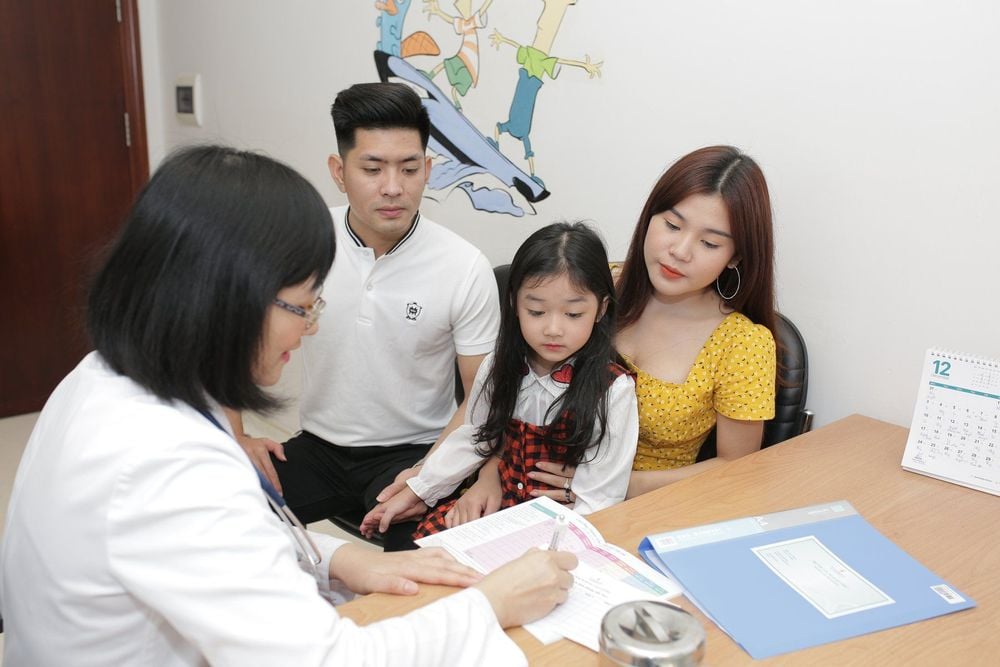
Đưa trẻ đến Bệnh viện khám ngay để được điều trị kịp thời
3. Prevention of Japanese encephalitis? Need to prevent disease transmission
For areas such as ponds, lakes, rivers, should be regularly cleaned and cleaned of moss. Smaller water sources such as puddles, water tanks or indoor aquariums.... need to be cleaned to clear the water, or release fish that can eat larvae, mosquitoes. Objects containing waste water are also breeding grounds for mosquitoes that transmit Japanese encephalitis, so they need to be cleaned, sanitized and destroyed daily. Residential areas close to wet rice fields should pay attention to the regulation of irrigation water, combined with raising and stocking highly resistant fish to eat larvae. Although the use of mosquito repellent is highly effective, it is only limited in a certain time and space, and the cost is also very high.
Using vaccines that cause human immunity:
Inactivated rat brain vaccine: With high purity, inactivated Japanese encephalitis vaccine made from rat brain is currently being produced in Vietnam. Basic immunity: 2 doses 1-2 weeks apart, injected subcutaneously in the deltoid muscle. After 1 year, repeat 1 additional dose, 3-4 years give a booster dose. Children under 3 years old inject 0.5ml, children over 3 years old inject 1ml. Absolutely do not apply when the patient has a high fever or an active infection, pregnant women, patients with blood cancer and other malignancies.
Inactivated vaccine made from cell culture: China produced an inactivated Japanese encephalitis vaccine with formalin from an organization that cultured infected yellow earth rat kidney cells in 1967. Live vaccine decreased. virulence: By repeatedly inoculating golden rat kidney cell cultures and purifying necrotic plaques, China has developed a live strain of Japanese encephalitis virus with reduced dynamics. 2nd generation vaccine: The use of recombinant DNA technology from E antigen protein has created a safe and highly economical vaccine. The best way to prevent Japanese encephalitis today is to vaccinate and prevent the disease. This vaccine is now available in hospitals and is effective in up to 91% of people vaccinated.
Japanese encephalitis, if not detected and treated in time, can cause many serious sequelae, even death for the patient. Therefore, when detecting a patient with symptoms of the disease, it is necessary to take them to specialized medical facilities for timely examination and treatment. However, at present, there is no specific drug to treat the disease, so prevention is extremely important. Everyone needs to be fully vaccinated against Japanese encephalitis, especially children.
Please dial HOTLINE for more information or register for an appointment HERE. Download MyVinmec app to make appointments faster and to manage your bookings easily.





